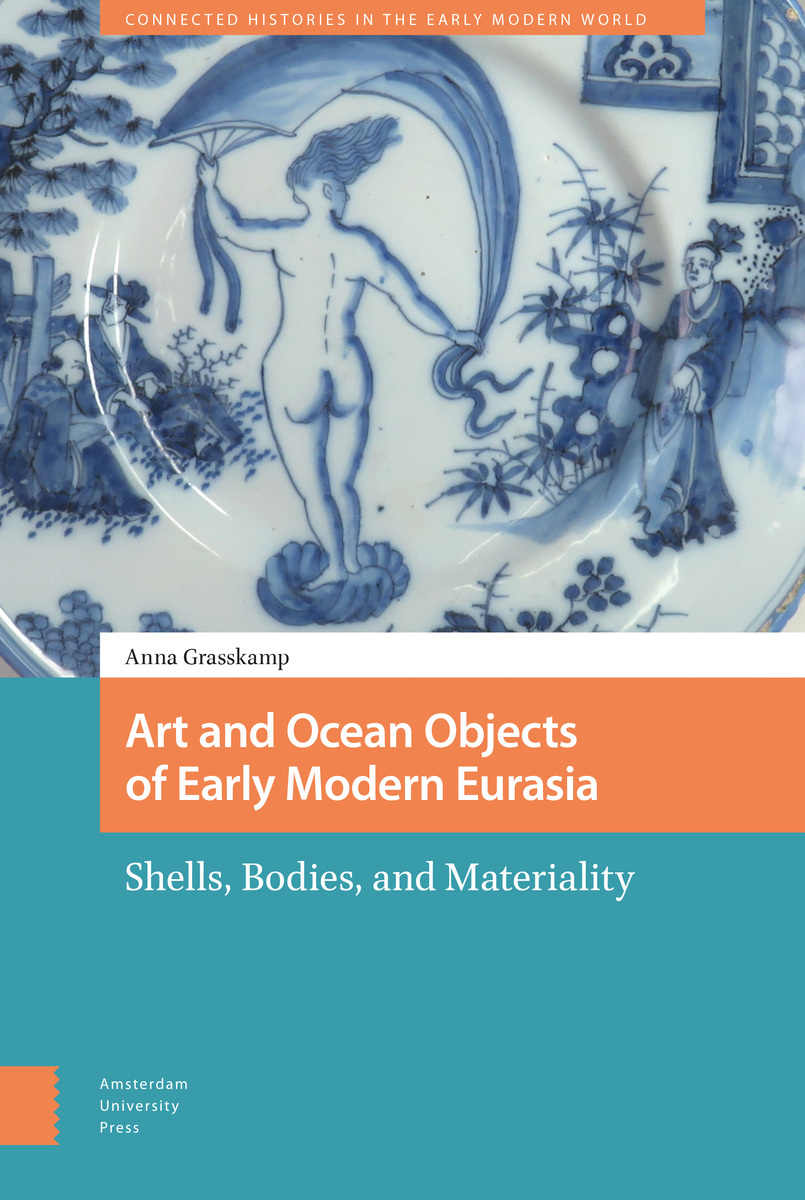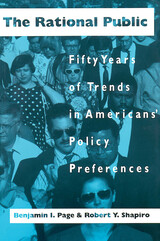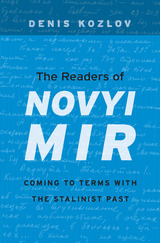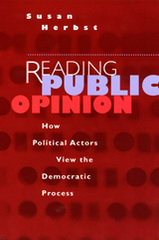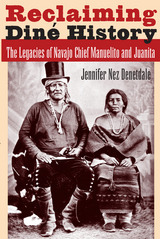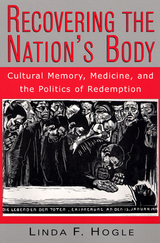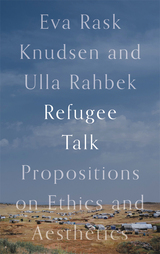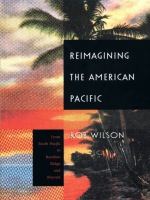Art and Ocean Objects of Early Modern Eurasia: Shells, Bodies, and Materiality
Amsterdam University Press, 2021
eISBN: 978-90-485-5330-3
See other books on: Baroque & Rococo | Early Modern Eurasia | Maritime History & Piracy | Renaissance | Shells
See other titles from Amsterdam University Press
eISBN: 978-90-485-5330-3
ABOUT THIS BOOK | AUTHOR BIOGRAPHY | TOC
ABOUT THIS BOOK
During the early modern period, objects of maritime material culture were removed from their places of origin and traded, collected and displayed worldwide. Focusing on shells and pearls exchanged within local and global networks, this monograph compares and connects Asian, in particular Chinese, and European practices of oceanic exploitation in the framework of a transcultural history of art with an understanding of maritime material culture as gendered. Perceiving the ocean as mother of all things, as womb and birthplace, Chinese and European artists and collectors exoticized and eroticized shells’ shapes and surfaces. Defining China and Europe as spaces entangled with South and Southeast Asian sites of knowledge production, source and supply between 1500 and 1700, the book understands oceanic goods and maritime networks as transcending and subverting territorial and topographical boundaries. It also links the study of globally connected port cities to local ecologies of oceanic exploitation and creative practices.
See other books on: Baroque & Rococo | Early Modern Eurasia | Maritime History & Piracy | Renaissance | Shells
See other titles from Amsterdam University Press
